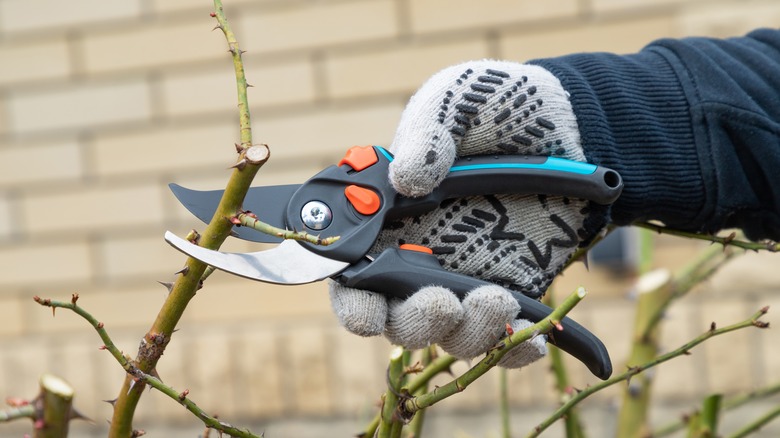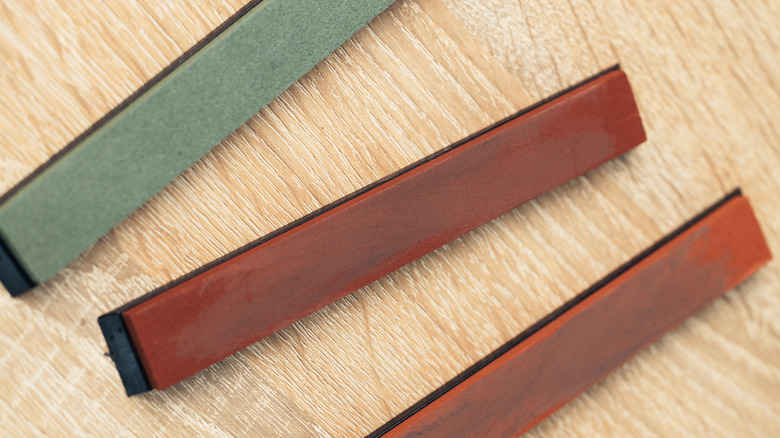Mistakes To Avoid When Sharpening Your Garden Shears
Garden shears always come in handy, especially when your plants decide to grow a little too wild. Whether you're trimming unruly bushes or snipping flowers for a lovely bouquet, sharp shears make the job much easier. But before you dive into your next gardening project, ensuring your shears are sharp enough for the job is crucial. Sharpening your garden shears seems simple enough, but it's surprisingly easy to make cleaning mistakes that could make your garden shears ineffective.
One common mistake is sharpening both sides of the blade. Garden shears have a beveled edge on one side, and sharpening the flat side can ruin the cutting edge and reduce the effectiveness of your shears. This can lead to uneven cuts and may damage the plants you're trimming. Instead of sharpening both sides, focus on sharpening the beveled side only, and this will keep your blade sharp and functional for a long time.
Another common mistake is using the wrong tool to sharpen your shears. Stick to a hand file or sharpening stone for better control and a lasting edge. Lastly, forgetting to clean your shears before sharpening can trap dirt in the blade, which dulls it over time. Clean your shears with a damp cloth before starting the sharpening process.
How to properly sharpen your garden shears
To properly sharpen your garden shears, start by disassembling them. This makes it easier to clean your garden tool and sharpen each blade thoroughly. Most shears have a central bolt that holds the two blades together, which can be unscrewed with a wrench or screwdriver. With the blades separated, clean them thoroughly to remove dirt and rust. A wire brush and soapy water will do the trick, or you can use steel wool for more stubborn grime. After cleaning, dry the blades completely to avoid any further rust buildup.
Next, use a sharpening stone or file to sharpen the blades. Identify the beveled age, which is the only side that needs sharpening. Hold the blade at a 10- to 20-degree angle, and gently run the stone along the blade from the base to the tip, applying even pressure. Repeat this process several times until you achieve a sharp edge. After sharpening, check for any burrs, the tiny rough edges that may form during the sharpening process. Gently run a finer file or stone along the blade's edge to smooth these out.
Finally, reassemble the shears by aligning the blades and tightening the bolts securely. Tighten it just enough to allow smooth motion without being too loose. Give the assembled shears a light oiling to prevent rust and ensure a smooth operation.

